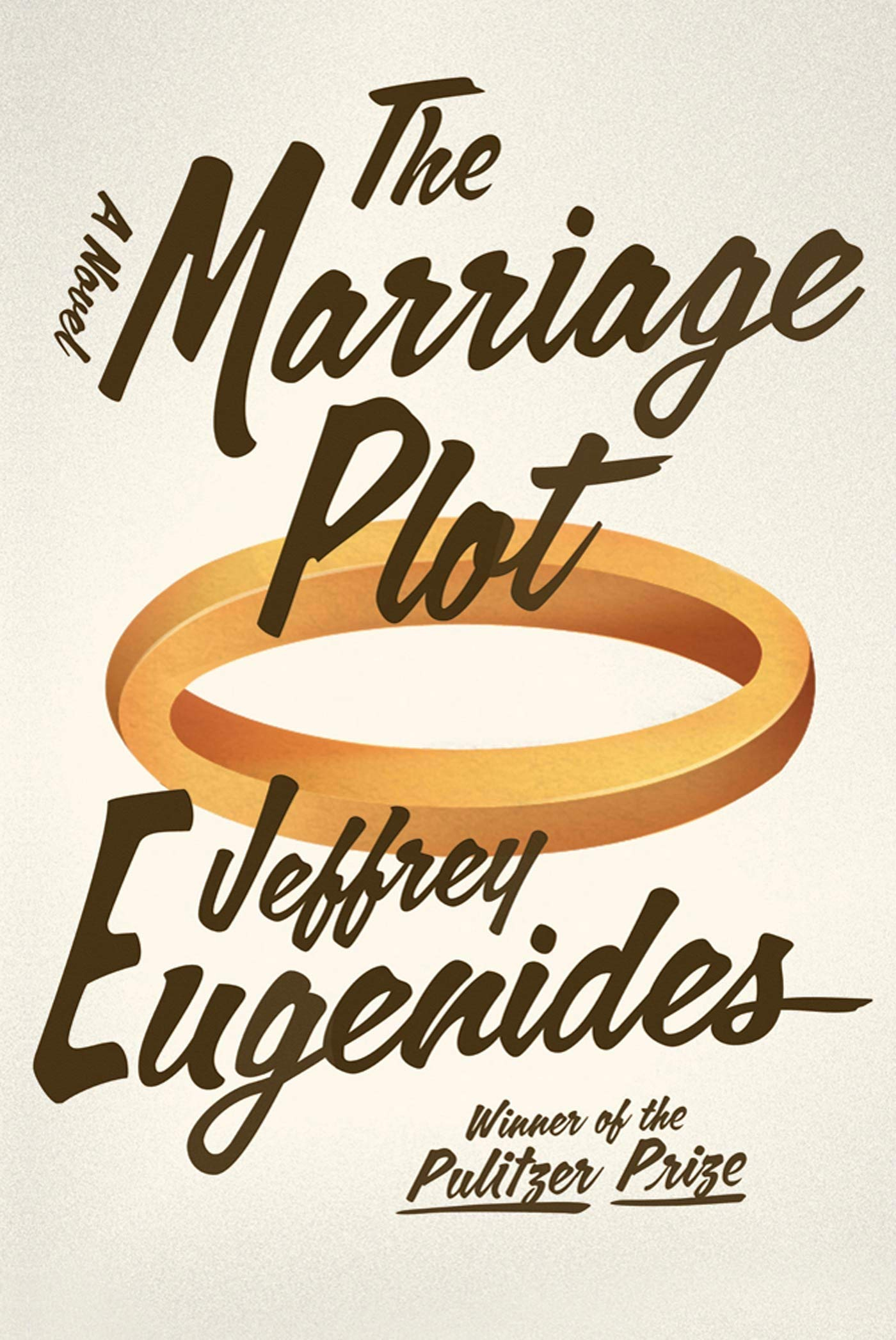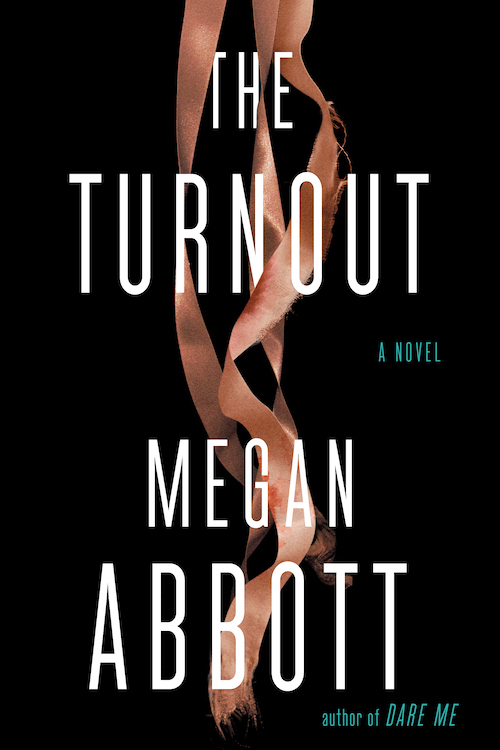
Haigh has established herself as an “issue” novelist, who deals with hot button topics like abortion, chronic illness, and sex scandals in the priesthood. HEAT & LIGHT is her fracking book, and of course reducing it to that single Procrustean dimension does the novel no service at all. “HEAT AND LIGHT,” she says in her acknowledgements, “is a book about the world.” If that claim seems a bit pretentious, she’s entitled to it. It’s a big book—in terms of cast, ideas, time span, research, word count, and the stakes involved—and it works beautifully on all those levels.
You do, however, have to get through the first 35 pages. That’s where we’re introduced to three slimy characters from the oil and gas company that is poised to frack the small Pennsylvania town of Bakerton to death: their man signing leases on the ground in Bakerton, and two executives in Houston. These portrayals are raised above cheap satire by two things: Haigh’s compassion, which she is able to extend even to these lower life forms, and the prodigious research that she has obviously done on the subject matter.
Once we start seeing things through the eyes of the townspeople, Haigh sets her hook deeply and the next 400 pages go by in a rush. (Note that Haigh has written previous novels and stories about Bakerton, but you can enjoy HEAT & LIGHT completely on its own.)
At the heart of the story is the Devlin family. Rich, a corrections officer, has dreamed of turning the family land into a working farm. Oil company money would finally allow him to do it. His wife, Shelby, initially in favor of the deal, becomes convinced that fracking has contaminated their well water and is poisoning their daughter.
Meanwhile, aging activist Lorne Trexler comes to Bakerton to lead resistance to the fracking. Organic dairy farmers Mack and Rena watch helplessly as their neighbors’ land is savaged by drilling rigs. Pastor Jess, who took over her husband’s storefront church after his death, struggles to comfort the members of her flock while dealing with her own loneliness.
Haigh is all about connections, and she finds them everywhere. Before the gas companies came, Bakerton was practically a ghost town, but before that it was defined by its coal mining. Before toxic well water there was black lung. As she moves back and forth in time, there are stops at Three Mile Island, the 19th-century Pennsylvania Oil Rush, and critical points in the characters’ pasts. She finds more sinister connections too. Stream Solutions does the actual drilling, but is only a subsidiary of Dark Elephant, which is in turn owned by Darco, which outsources everything it possibly can, making accountability a game of shadows. And, most importantly, there are the connections the characters make with each other: Rena with Trexler, Rich’s brother Darren with his high school fantasy, various townspeople with the invading drillers.
The writing throughout is understated, precise, authoritative, and always shaped by the viewpoint character. It can be insightful and funny (“According to Dick Devlin, there are two kinds of work: the kind where you shower before, and the kind where you shower after”) or it can batter you on the next page with images of hell on earth:
The rig is lit, around the clock, with klieg lights. From a distance it radiates a sulfurous glow, like a football stadium at night. Several trucks idle loudly. Up close the diesel smell is overpowering. The engine noise makes his whole body vibrate. He sees no sign of human presence. It’s as though the giant machines are running themselves.
The book feels like one of these songs about small town America by John Mellencamp or Brandy Clark, or by The Killers from their PRESSURE MACHINE album. Because HEAT & LIGHT is realism of the highest order, things do not end well. No magic is conjured to restore Bakerton to its former self. But for most of the characters, life goes on, lessons are learned, priorities are realigned. And thanks to Haigh’s superb writing, we now have those characters to carry around inside us.


